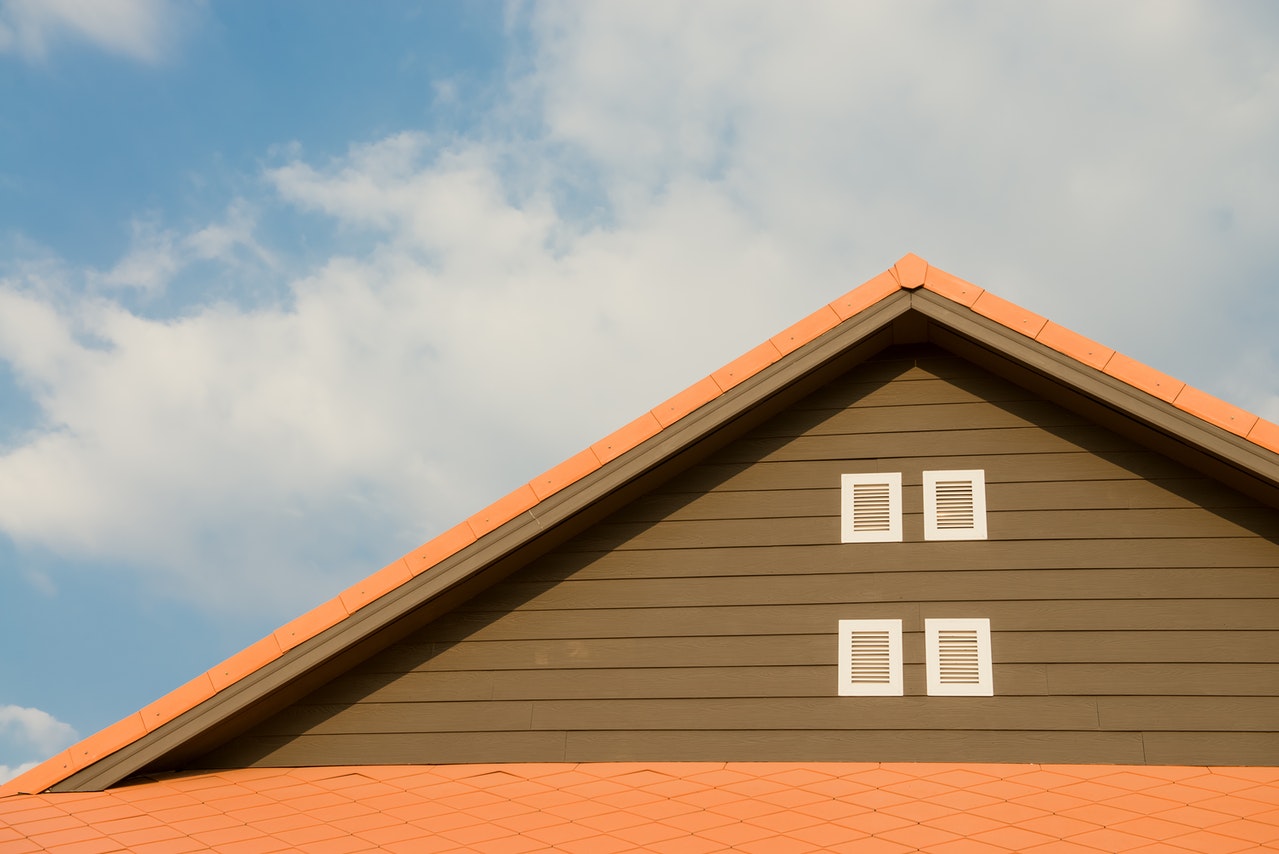July and August can certainly put our AC units to the test, as we try to stay cool amid temperatures that can easily reach as high as 100°F. In fact, all over the Midwest, we've experienced our fair share of heat waves—a period of abnormally hot weather that lasts longer than 2 days. And it's likely more is still to come.
Many of us have the advantage of finding shade under a nearby tree or going into our home to cool off during the hottest parts of the day. But what about our roofing system?
Not only is it unable to find shelter from extreme heat, but it's also located directly under the sun's UV rays.
Signs of Heat Damage to Your Roof
For both homeowners and residential property owners, the long, dog days of summer can easily compromise the integrity of your roofing system.
For example, heat may cause roof shingle damage in one of the following ways:
- Curling - your asphalt shingles may begin to curl at its sides during the summer months.
- Discoloration - the sun's strong UV rays can fade the color of your shingles. This happens with metal roofs, as well. The combination of heat and water can cause metal singles to rust.
- Cracks - due to the high temperatures and direct sunlight, shingles dry out, causing them to become brittle and crack.
- Blisters - If there is any trapped moisture in your shingles, sun exposure can make it rise to the surface, causing heat blisters on your shingles.
When your roof experiences any of these types of heat damage, it weakens the barrier protecting you and your family from the outside elements.
Let's also not forget that summer isn't just filled with hot days. When the temperature is finally ready to come down a bit, it usually takes the form of severe thunderstorms. That means high winds, heavy rain, and sometimes, hail storms.
If your roof system has already experienced damage, due to extreme heat, it becomes vulnerable to rain and moisture seeping in and getting trapped.
So, How Can You Protect Your Roof from the Heat?
It may surprise you to learn that many of these common signs of heat damage are actually a result of poor ventilation.
Why Is Ventilation So Important for Your roof?
Glad you asked! Roof ventilation allows air to flow and circulate, preventing hot air from getting trapped inside your attic.
Remember, while heat travels upwards toward your attic, moisture does, too. Moisture buildup paired with high temperatures can lead to mold formation or wood root, which are other common roof issues you'll want to avoid! So, if you notice that your roof is extremely hot, it might be time to update its ventilation system.
It's important to note that installing adequate ventilation can also help keep your home cooler, which means using less energy to manually cool it down with central air and paying lower monthly utility bills.
Keep Your Roof Protected with All Elements, Inc.
We all love the summer for its longer days and warmer temperatures. But as it's important to inspect and protect your roof during the winter months, it's equally important to take careful precautions to avoid roof damage during the summer, too.
Whether you are a homeowner, residential property owner, or commercial owner, you can trust our team to come out and inspect your roof, provide a competitive estimate, and repair any signs of roof damage.
Remember, the sooner you address the issue, the less damage to your roof! To learn more about how we can help, or if you need tips for installing a proper ventilation system in your home, contact us today!
